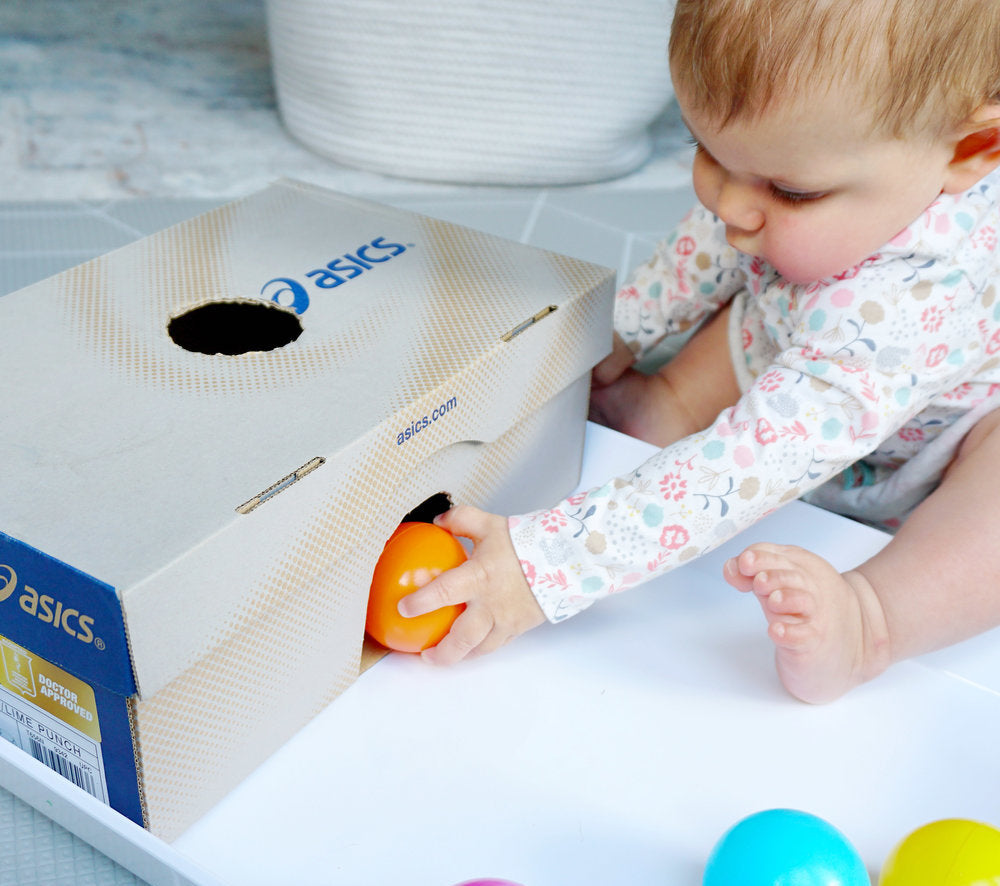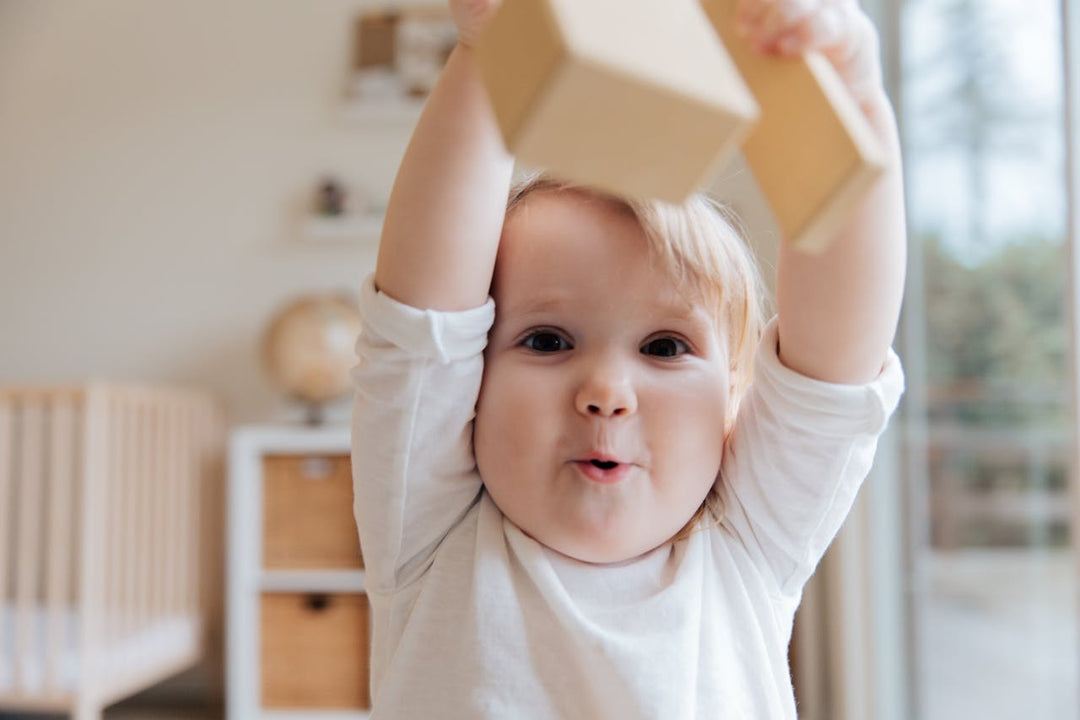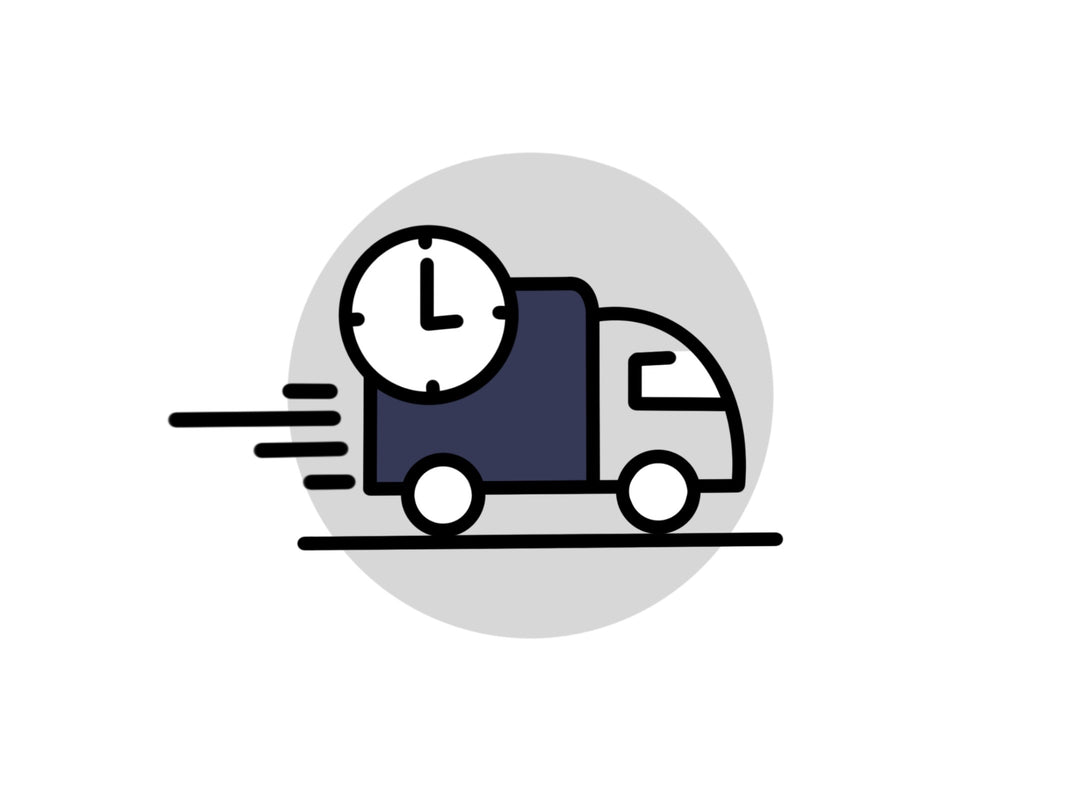Object Permanence: Learn How to Help Your Baby Develop This Important Skill

Image by Baby Play Hacks
As an Amazon Associate we may earn from qualifying purchases.
Object permanence is a skill we take for granted as adults. We aren't born with this skill. Instead, we need to take the time to learn it as young babies by exploring the world around us and gaining a better perception of our reality.
So, what exactly is object permanence and how can we help our children come to terms with it at an early age?
What is Object Permanence?
Object permanence relates to our understanding of the existence of objects that are out of sight. In basic terms, it means that we understand an object exists, even if we can't see it.
For example, as adults we know that if we place a ball under a blanket it will still be there when we remove the blanket. Just because we can't see it doesn't mean it no longer exists.
Babies on the other hand, do no understand this concept until later on in childhood. Using the same ball and blanket example, the baby will believe that the ball actually disappeared.
The best part is that with the right approaches, including some great Montessori tools, we can help our children develop this concept and expand their mental horizons.
At What Age Does Object Permanence Develop?
We typically begin to develop this skill around the ages of 6-8 months through ongoing play and exploration.
Object permanence is simple to us, but not to newborns. The basic premise of developing object permanence is quite simple.
As adults, we know that whenever an object is out of reach and out of sight, it still exists in that spot in which it is currently occupied. We can put something in a drawer and know it will be there when we open the drawer again. We put the food in the fridge and know it is there chilling behind the door.
Basically, we have the awareness that things don't vanish into thin air when they simply aren't in view.
For newborns, the world that they interact with is much different. Object permanence is a cognitive skill that develops over time. They can see what is in front of them, and will slowly learn to recognize objects and people for what they are.
But, they don't have a deeper understanding that those items continue to exist when they are out of sight. If you put a toy in a box, they don't know that the item still exists within this other space. The concept is too complex.
Video by NAMC
This even relates to items hidden under blankets. The object is clearly there in some physical form to us because of the shape created under the fabric. Also, we have the awareness that the object has simply moved to this new location.
But, because babies can't see the shape they have learned to recognize, they don't see the item anymore and fail to realize that it is still in reach.
A Common Way That We See This in Action Is with the Game of Peekaboo
Peekaboo is something played with small children everywhere because it is so simple.

Parents and grandparents love to hide behind things and then enjoy the gurgles and happiness of the child when they reappear. But, some parents don't see the deeper meaning behind this game.
The happiness at the reveal isn't just a child appreciating the motion or the noises you make. It is literally their joy at your reappearance in their world. You disappear behind the blanket, almost literally in their eyes, and then come back into existence.
Peekaboo and Separation Anxiety
These games are a great way of developing a bond with a child and may also help to develop this idea of object permanence at an earlier age.
Babies can start to realize that you are in the room and still exist, you are just concealed. This can also help with issues of separation anxiety.
This condition isn't uncommon with young babies that fear that their family disappears when they leave. They may scream when you leave the room because they don't realize that you are only in the other room and will be back in 5 minutes.
Peekaboo games help to soften this reaction and show that you always do come back. With time, you can work with other games and approaches to take those lessons further and teach kids more about the concept.

Object Permanence Will Develop Gradually over Time
The notions of object recognition and object permanence develop slowly over the course of the first 4-7 months.
Infants can recognize faces at two months, so they know when you leave the room, and when items leave at 3 months. Starting your newborn with a topponcino will help speed up this development process.
By 6-8 months old, they should have a better grasp of object permanence. Just remember that these milestones can vary from child to child. Some develop much faster than others and it doesn't matter if they still struggle with the concept at 8 months.
Either way, toys and games that promote object permanence can help.
Is My Baby Developing Object Permanence?
One way that you can tell that object permanence is developing well is a child's reaction to objects being taken away.
Very young babies may get upset when they see an item leave their hands or vision, but this distress soon fades because the item is no longer part of their world. They have such a strong connection to the present and things that are obvious within their field of vision.
Anything that leaves, or ceases to exist, doesn't matter to them.
As babies get older, they begin to realize that those toys, items of food, or other desirable things are still in existence, just out of sight and out of reach. This is where they may get more vocal about their displeasure because they want to get that item back.
Piaget's Views on Object Permanence
The leading child development psychologist Jean Piaget worked on this concept a lot.
He believed that children understood their world through their motor abilities and were capable of learning skills independently without outside motivation. They want to use such touch, vision, taste, and movement to explore. This is where the blanket experiment developed.
Here, Piaget would hide toys under blankets to see how babies of different ages reacted. The older the baby, the more likely it was that they would try and retrieve the hidden toy.
The Object Permanence Box
One way to help children develop this skill is to use an object permanence box.
You can create your own quite simply with an old shoebox or another container in the home. All you need to do is create a place where objects seemingly disappear and then reappear with ease. Babies can see that anything that enters the box and goes out of sight still exists as it comes out the other side.
Video by Laura Noelle
They learn concepts about interactions between physical objects and appreciate that there are things that they cannot see. You can also get the child involved by having them place the object in the box and collect it again. This is a simple advancement from blanket and toy experiments.
Or, you could buy them the Montessori Object Permanence Box. This simple item takes these concepts and uses them in a more attractive, durable toy.
You have a wooden box with a hole in the top, a tray on the side, and a ball to drop through. Babies can enjoy the repetitive motion of seeing the ball disappear through the hole and reappear in the tray. The pieces are child-friendly for independent learning and made with the same great wooden materials that you would expect from a Montessori toy.
Lock and Key Toys Are Another Way for Independent Babies to Master These Skills
From there, you can then move into more complex toys that develop this idea of object permanence.
Lock and key toys are popular with kids of different ages and you see them often in lists of the best toys for toddlers.

However, there are some versions that are suitable for babies still developing this skill. The toys combine notions of object permanence with other motor skills, like the use of locks and keys. All they need to do is put the items into their homes through the correct hole - which encourages shape and color recognition.
The pieces disappear into their compartments, and kids that have this new-found sense of object permanence know that it is waiting for them behind the door. So, all they do now is open the door with the right key, retrieve the piece, and go through the process as many times as they like.
The Development of Object Permanence Is a Combination of Independent Learning and Helpful Games
It is important that children learn about these skills through independent learning and play for a better sense of their world and exploration.
Montessori parents that leave a few toys in a play box or under a blanket can watch to see their children go and find their treasure items without prompts.
Also, those safe Montessori object permanence boxes or lock and key toys are great for independent playtime in a prepared environment.
But, that doesn't mean that you can't help them along the way with other games and interactions. This is still a great way to develop your bond, minimize any risk of separation anxiety, and help them appreciate that you exist outside their field of vision.
Conclusion
Don't get discouraged if it seems to take a while for your child to develop the skill of object permanence recognition.
Like tummy time, each child works at their own pace and they will get there eventually. Take advantage of tools and experiments to help them along, but don't force the concept and stress them (and you) out.
With time, they will appreciate that the things and people they love aren't going anywhere and will go on to develop even greater understandings of complex cognitive concepts.
Want to learn more? Check out our other Guides & Articles ->












